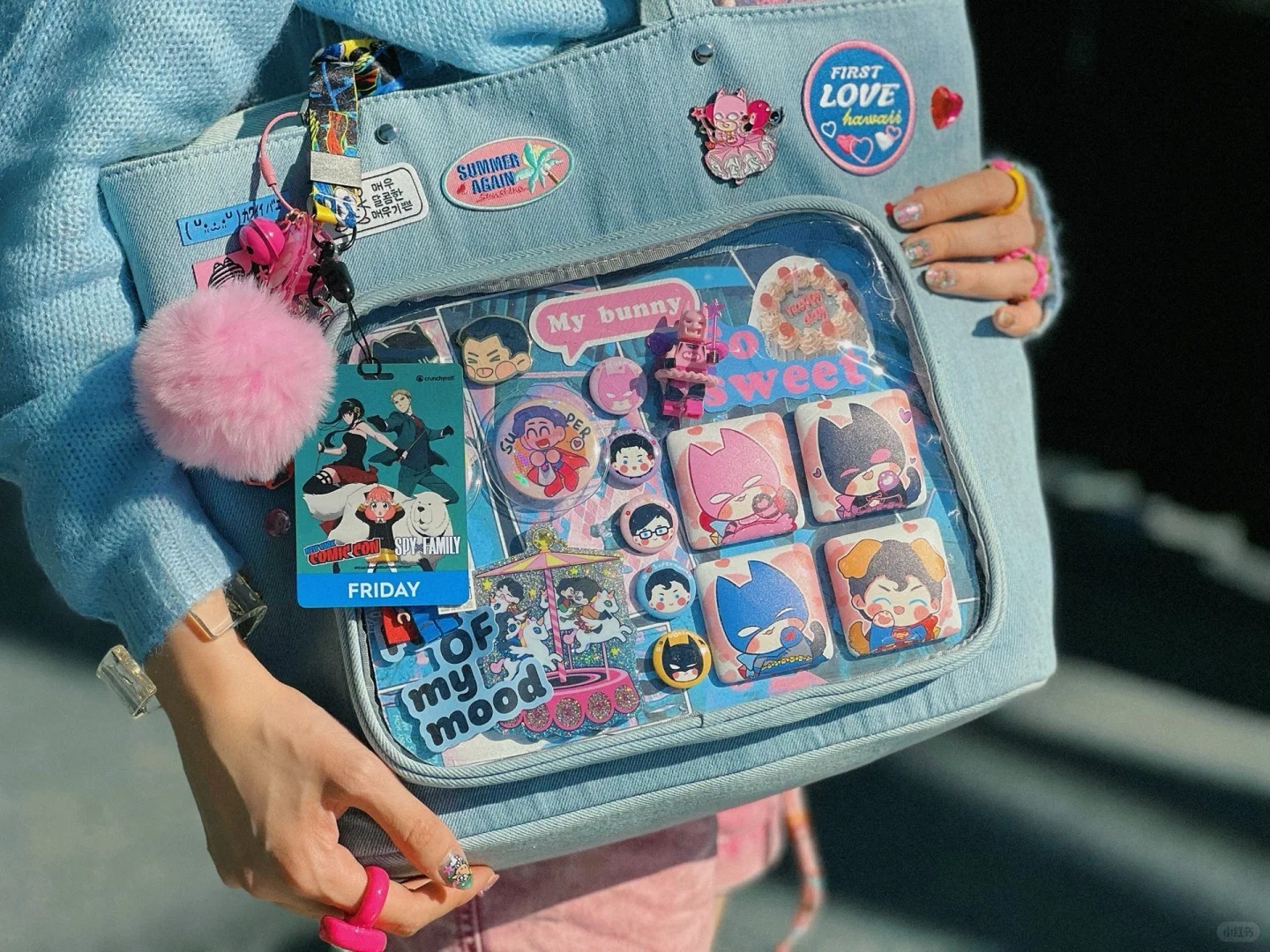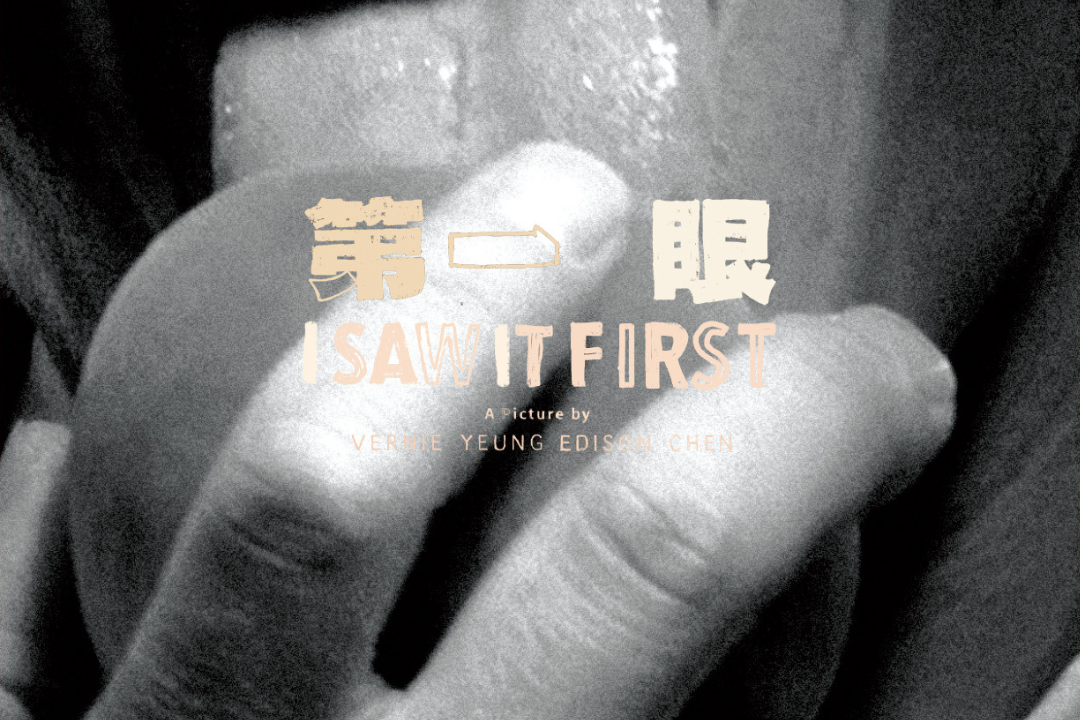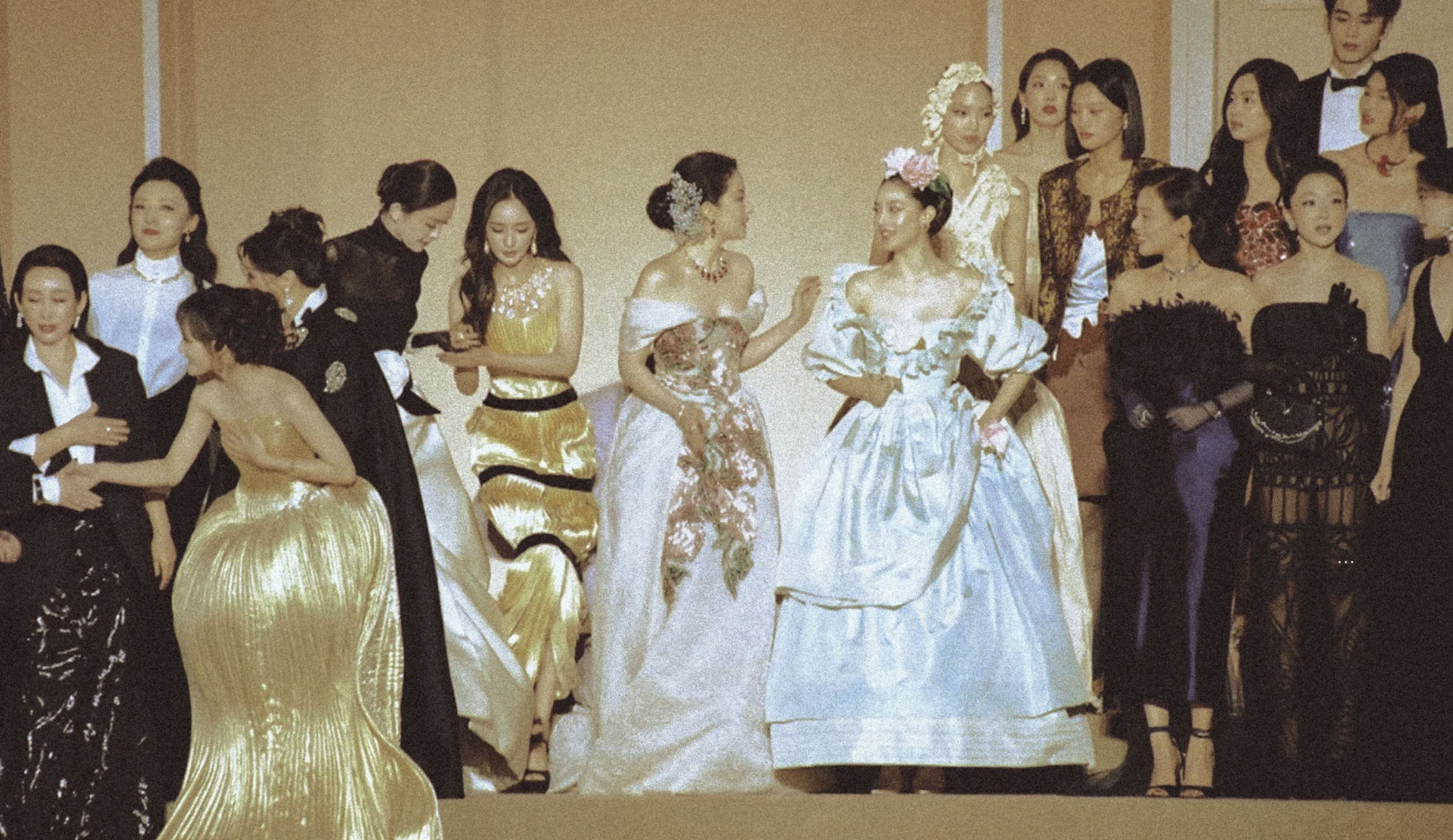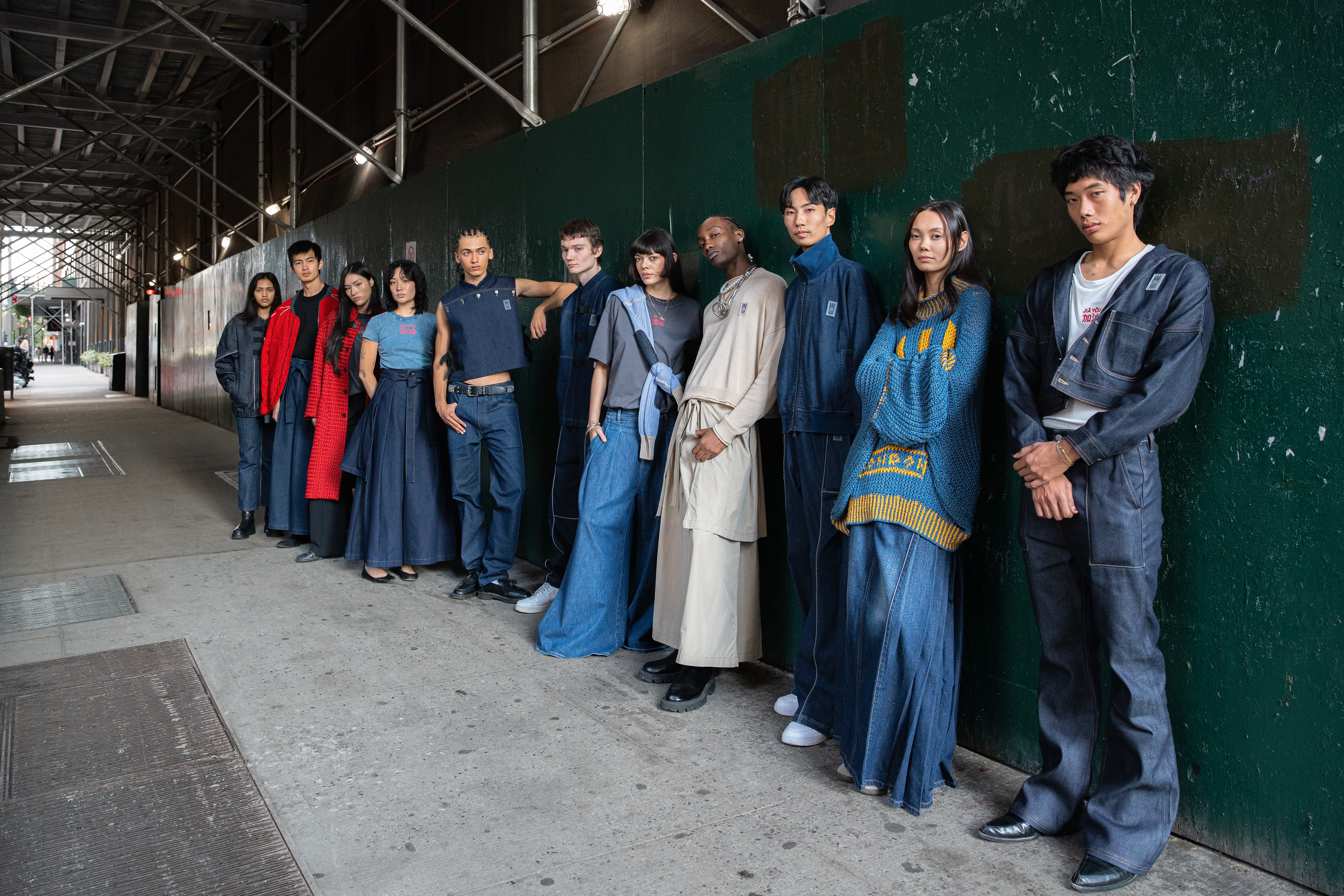Have you ever noticed the younger crowd—predominantly girls—carrying transparent backpacks with a kajillion badges and keychains? This kind of eye-catching, customized bag is the so-called “Ita bags,” a trend that has gained significant popularity among China’s younger generations.
The term “Ita bag” (痛バッグ) originates from the Japanese word “itai,” meaning “painful” or “cringeworthy,” reflecting the notion that bags overloaded with character merchandise might appear excessive or embarrassing. But that’s where the irony lies. Is less really more? Or is the youth enjoying a moment of “more is more”?
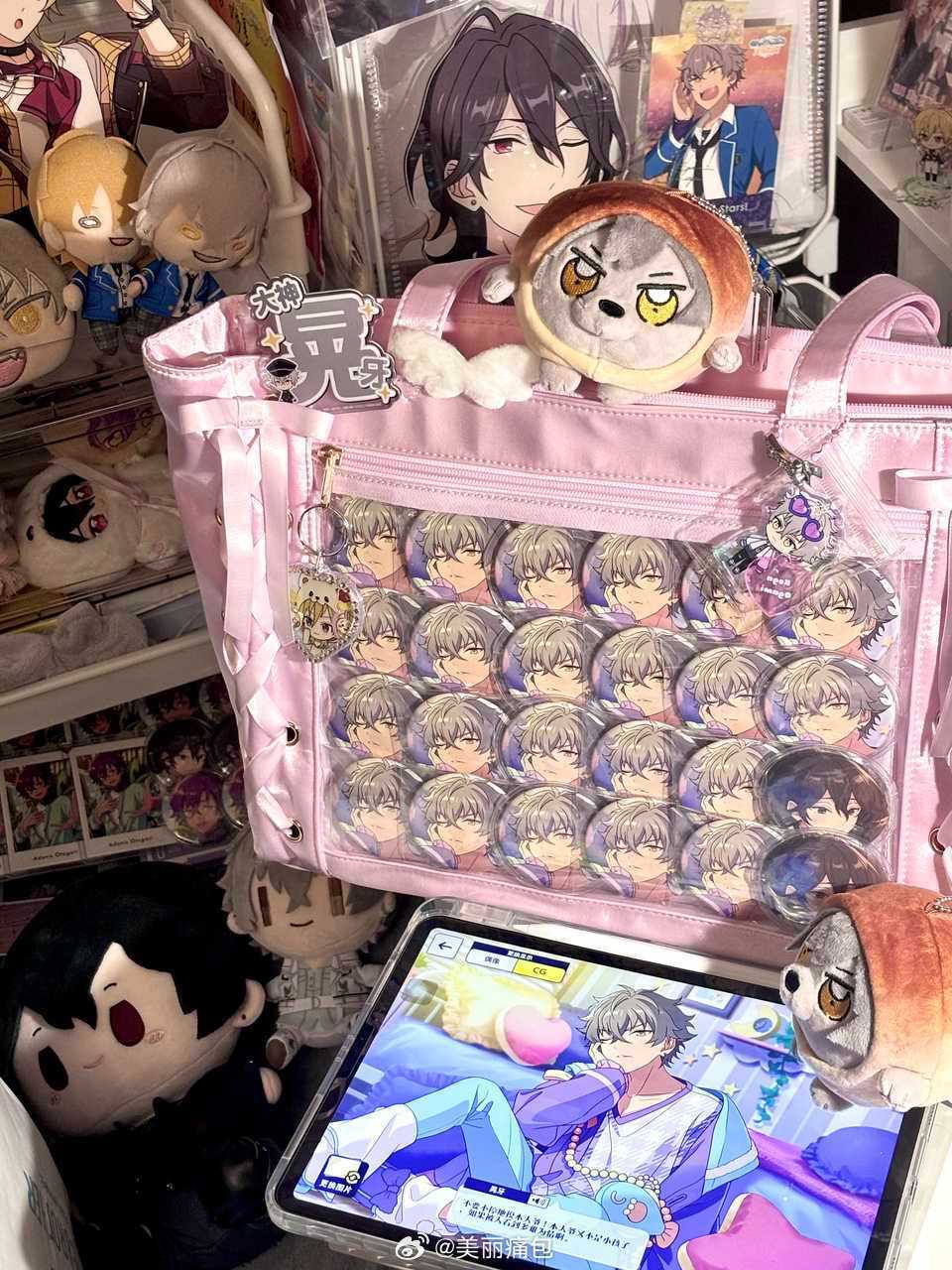
ACG (Anime, Comics, & Games) fans usually tile their favorite characters on their carriers. For example, above we clearly see this bag owner being an avid fan of Koga Ogami from the famous anime Ensemble Stars!.
Having reached China’s youth, the Ita bag phenomenon has taken on additional cultural nuances since the 2020s. The term “谷子” (gǔzi), phonetically derived from the English word “goods,” refers to badges, buttons, figurines, and other merchandise related to anime and manga fandoms. The act of attaching badges to the bag, which involves piercing the material, is humorously associated with the sensation of pain, further justifying the “painful” moniker. Interestingly, due to the phonetic similarity between “badge” and the Chinese onomatopoeia for eating (“吧唧” or “bā jī”), anime enthusiasts often refer to badges as “ba ji.”
The popularity of certain IPs like Jellycat, Crayon Shin-chan, Chiikawa, March Monster, and Tempted Love has led to the proliferation of dedicated ‘Guzi’ shops, subtly reshaping China’s retail landscape. These stores, often found in shopping malls, cater to the growing demand for merchandise that fans can loudly and proudly display on their Ita bags.
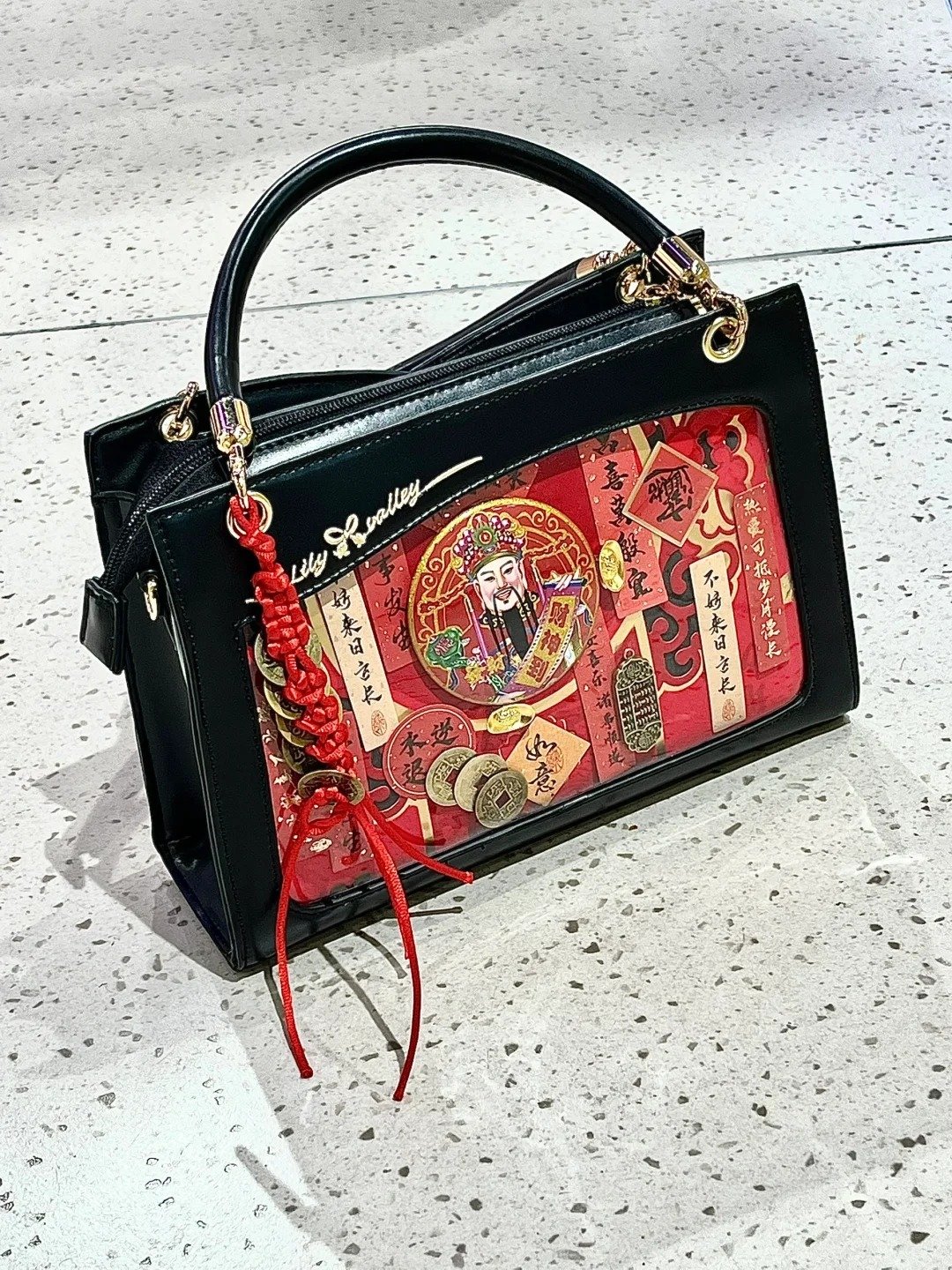
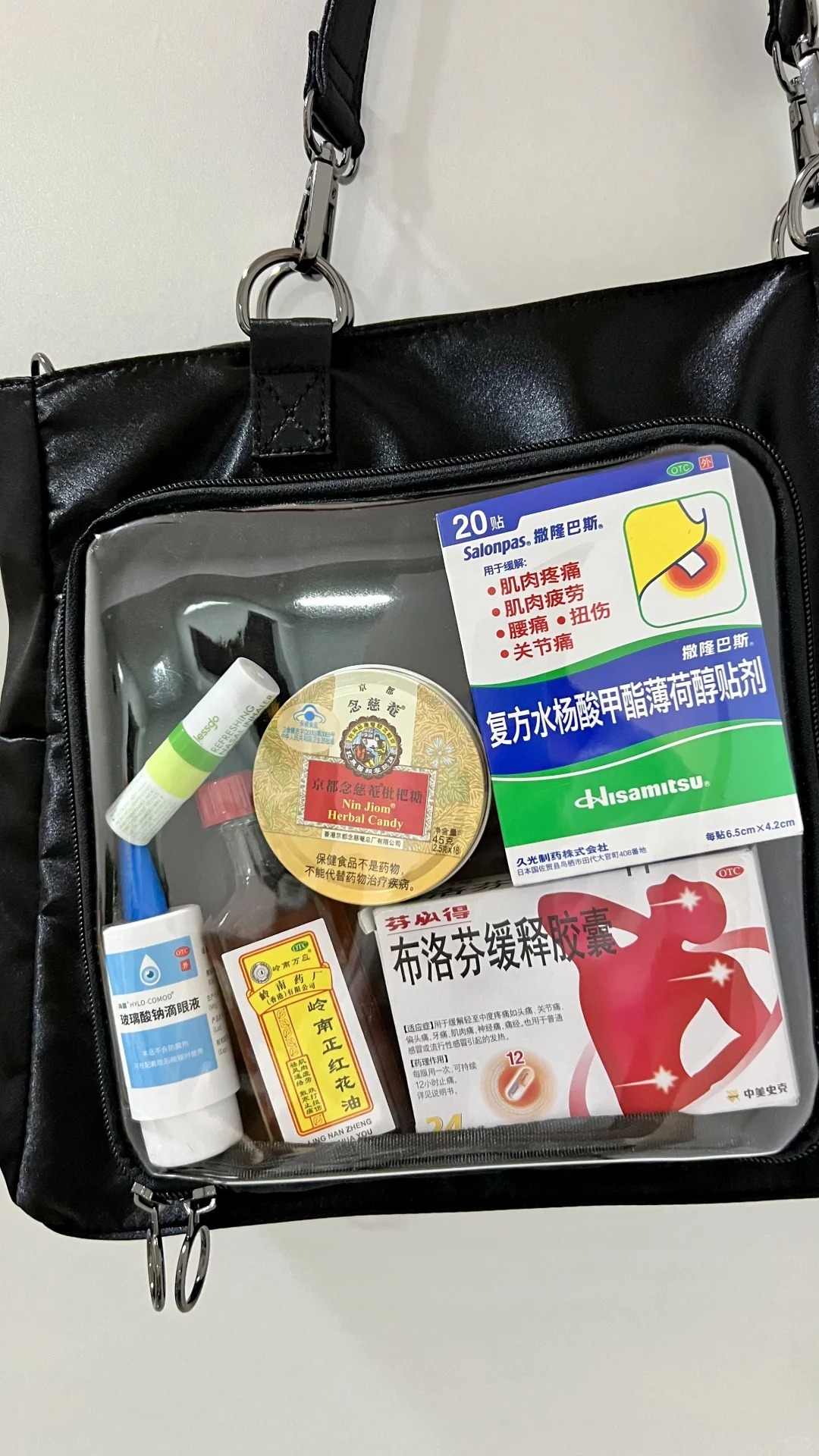
The Ita bag trend has also inspired creative adaptations beyond anime fandoms. Some movie enthusiasts use black Ita bags to commemorate their favorite actors and actresses, while others playfully showcase cash to express their love for money. There are even instances where individuals place painkillers inside, humorously transforming the Ita bag into a “health bag.”
Additionally, the functional design of Ita bags, particularly their sturdy bottom material, makes them ideal for discreetly carrying cameras or light boards, which are often prohibited at concerts or fan meetings. This practicality has broadened the appeal of Ita bags, attracting a wider audience.
Next time you walk down the street and spot someone with a transparent bag, take a moment to observe the items displayed within. These personalized collections offer a glimpse into the owner’s passions and serve as a miniature museum of their hobbies and identity. Speaking of passion, be sure to check out more fringe culture “gǔzis” from across Asia on our site.
Banner Image via Xiaohongshu.

